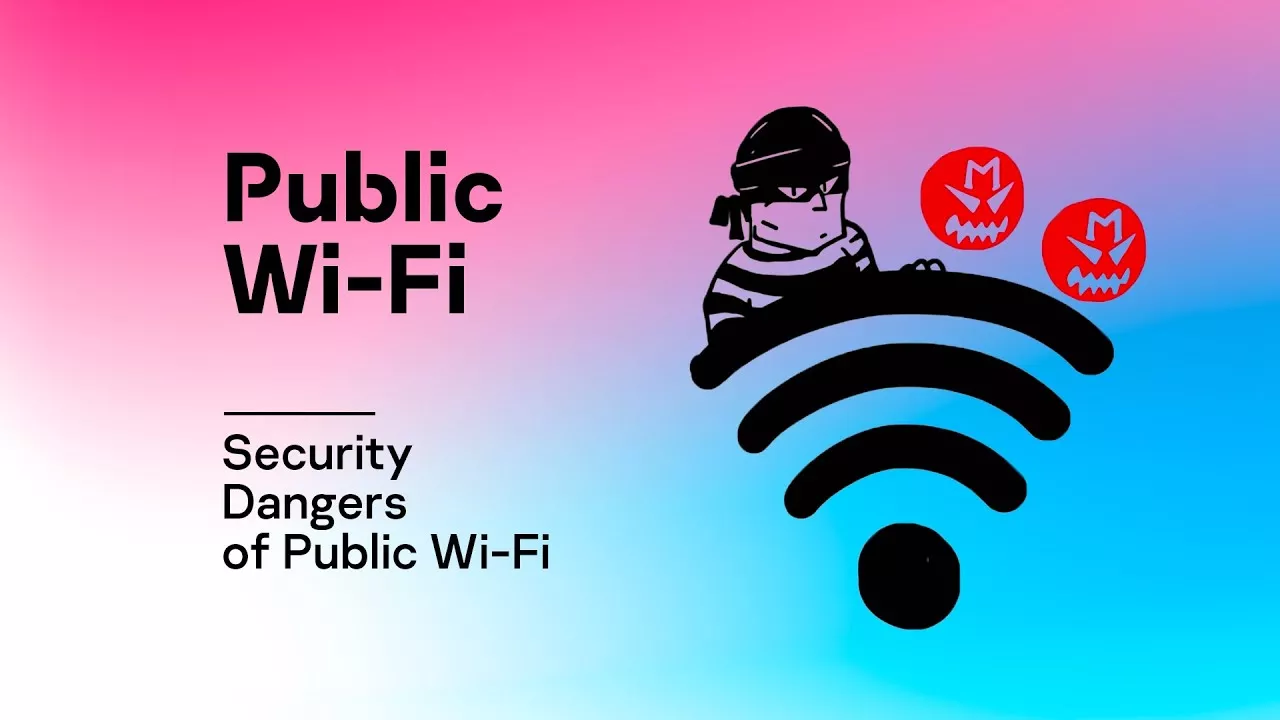Free WiFi networks can easily be found in public areas such as airports, hotels, restaurants and café terraces. These devices are so popular that people connect to them without thinking. Certainly, sharing activities on social networks or consulting the electronic press is harmless.

But, consulting e-mail or making sensitive exchanges (banking transactions, password exchange, online shopping) is much less and has dangers when connecting to a public wireless network. Details.
Public Wifi networks: Risks and Security
Attack of the middle man
The Man-in-the-middle attack (MITM), sometimes referred to as the Interceptor Attack, is a computer hacking technique that intercepts encrypted exchanges between the client and the server. in order to collect the data by modifying them or not during the transmission.
Unencrypted networks
Encryption means that the conversations exchanged between the PC and the server are encrypted by a “secret code”. The goal is to hide the meaning of the original message to unauthorized people to use or read it.
Good to know: the majority of routers come with default encryption disabled.
Dissemination of malware
Vulnerabilities in systems and software allow malicious people to unknowingly distribute malware on your computer devices. They exploit negatively the weaknesses of the system in order to compromise the confidentiality, the integrity or the availability of the data.
Sniffing-Fi
” Sniffing ” allows cybercriminals to obtain details of your illegal traffic from a computer and specialized software. The goal is to recover your data and access everything you do online: web pages consulted, personal details, bank accounts, etc.
- Precautions not to be neglected
- Regularly update the operating system
- Keep the browser and devices connected to the Internet up to date, but be sure to do so with a trusted router. This avoids the downloading of malware and prevents hackers from stealing data and personal information that interests them.
Use a VPN (Virtual Private Network)
To protect yourself effectively, just browse the internet with a VPN. This process creates a secure tunnel in which the user’s data is encrypted.
Visit the secure HTTPS version
The use of “HTTPS” prevents data interception by hardware in an unprotected Wifi zone or by a hijacked access point.
